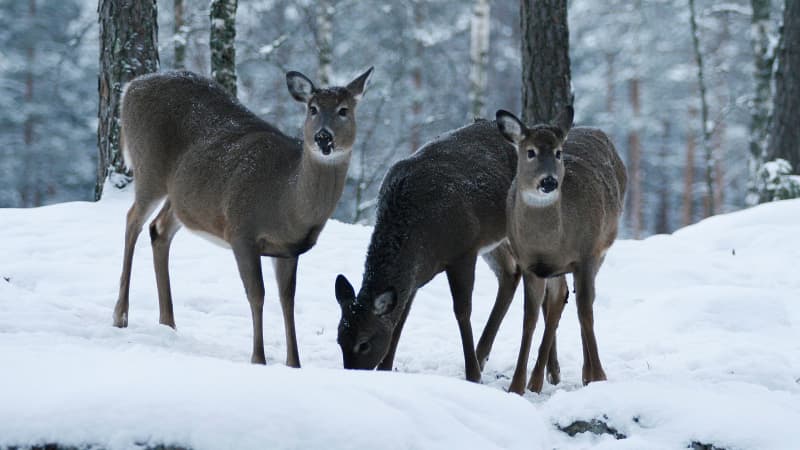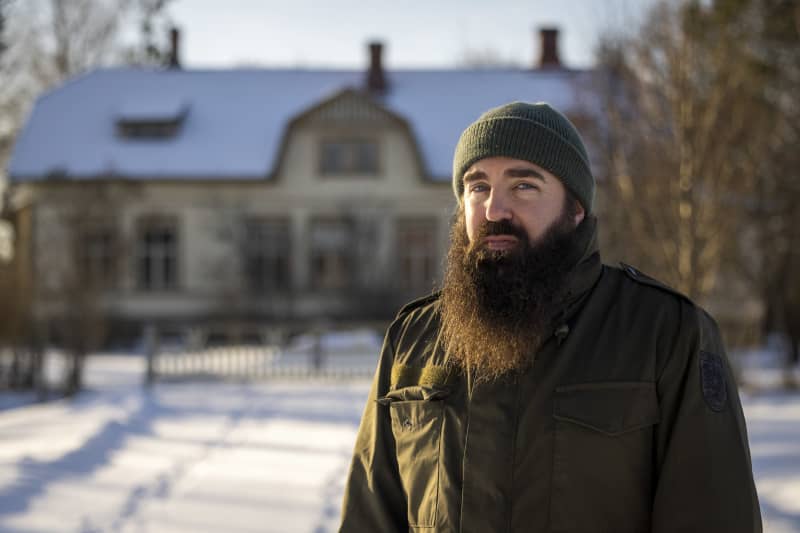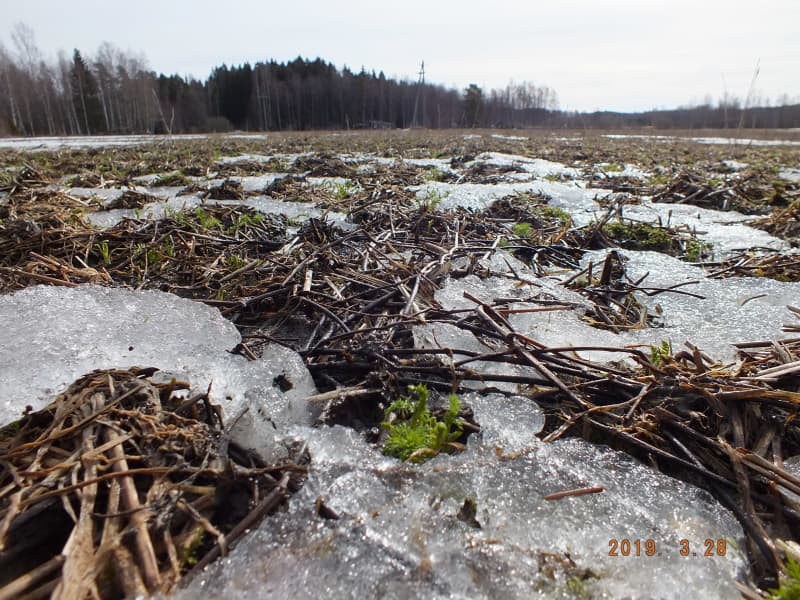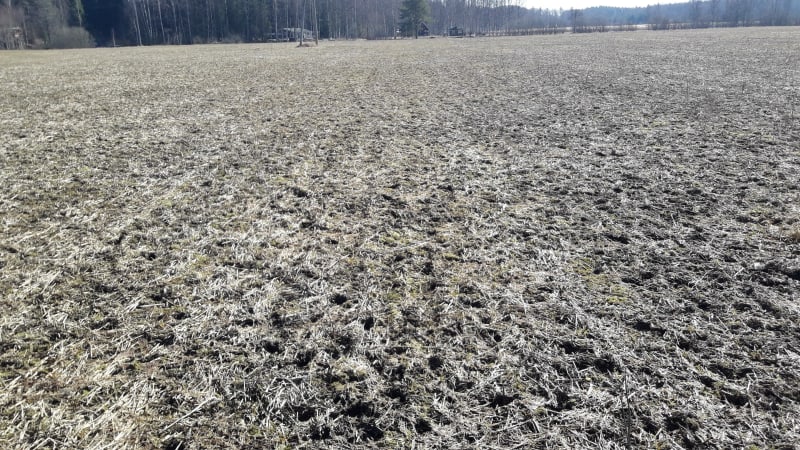
The report by the Ministry of Agriculture and Forestry also recommends stopping maintenance feeding of white-tailed deer. For the sake of hunting, baiting should be continued.
The grown white-tailed deer population will be cut down by hunting for the next few years.
– You learn to live with deer in such a way that the stock is kept at a level that is roughly acceptable to all people. By all people, I mean people living in private houses, residents of villages, farmers, forest owners, hunters, nature enthusiasts. You have to find a balance between these, Härmälä says.
According to the most recent, almost a year old calculation by the Finnish Natural Resources Agency, there are 109,000 white-tailed deer in Finland. In the winter 2021–22 hunting season, 74,000 of them were felled, which reduced the population slightly.
In the hunting season that ended in mid-February, we fell short of last year’s record numbers, 66,938 were killed. Luke’s new population estimate will be completed in March.
The first white-tailed deer were brought from the United States to Finland in the 1930s. The stocks soon began to grow rapidly, and recent changes in nature have strengthened the stock even more.
– The main reason is climate change. It prefers small deer and also wild boar, which is coming to Finland. There is very little snow in southern Finland these days. The distribution of deer is linked to where the limit of deep snow goes, says Kontro.
The deer are also doing well due to abundant feeding. The surveyors recommend that maintenance feeding be given up. On the other hand, bait feeding must be continued because it enables efficient hunting.
In Janakkala, cumin tastes good to deer
– In the last five years, the stock has grown significantly. In the fields, special plants suffer the most, says Jussila.

White-tailed deer especially like cumin and pea. Jussila calculates the annual losses to be more than 10,000 euros.
– Hunting should be increased. In some way, hunters should be made more motivated to count the stock as well. I understand the flip side of that, meaning hunters may also be interested in increasing the stock. Landowner-hunters should be allowed to activate, says Jussila.
The host says that he himself grabbed the rifle, \”as dictated by necessity\”. As the most important change, Jussila would like to be able to hunt in fragmented areas of less than 500 hectares. He also hopes to ease the exemption practice.
It might be coming. The surveyors suggest that damage-based, limited exemption permits would be granted to special plant plantations, grain and grass fields, residential areas, and the archipelago without any area limitation.
Pre-damage protective hunting should also be considered. It could require changing the law.
The number of crashes has increased
The increased populations have also increased the number of white-tailed deer. Last year there were around 6,300 of them. The population of roe deer has also increased and at the same time the crashes caused by them.
In fact, it is suggested in the report that in protected areas located along busy roads, deer hunting would be allowed for population management. Such an area is, for example, the Sipoonkorvi National Park in the capital region next to Ring III.
Other precautions must be continued, but liquidators Härmälä and Kontro are also demanding a change in attitude from motorists.
– The vast majority of deer crashes occur in November an hour or two after sunset. Then you have to be especially careful, Härmälä reminds.
Today, venison is more available than reindeer. However, it does not move very well from hunting clubs to store shelves.
– This chain must be developed. Deer would be a great addition to the Finnish dining table, even for gourmet meals, Kontro enthuses.



